
In recent months, the coronavirus pandemic has spread across the world, resulting in 4.93 million confirmed cases globally. In the United States alone, there have been over 1.56 million confirmed cases of COVID-19. Testing for the virus has been developed and the current process has been seen as a tedious experience by many.
If symptoms of COVID-19, such as having a fever or difficulty breathing, are shown, a health care provider will decide whether or not the patient should be tested for coronavirus. However, it is possible that the virus will not be detected during the early stages or that the results may show a false negative or a false positive. There is also a chance of an individual being asymptomatic, meaning no symptoms are shown.
“My sister got tested for the corona[virus] and she said they stuck something that looked like a Q-tip up her nose and it went very far back,” sophomore Maria Mantilla said. “She said the feeling was very uncomfortable and terrible.”
Tests can be given at various locations, ranging from drive-throughs to health care offices. Some of these offices are located in Broward County, such as CareSpot Urgent Care of Coral Springs, MD Now Urgent Care and Broward Health Pompano Beach. The tests can be conducted through nasal or nasopharyngeal swabs, which are made to find the virus within the respiratory system. Depending on the test, results can appear within minutes while others have to be sent to a lab and can take as long as a week to get back.
According to UC David Health, “tests will primarily be for hospitalized or severely ill patients. Older people (over 60) and individuals with underlying medical conditions such as cardiovascular disease, diabetes, chronic respiratory disease, cancer — conditions that put them at much higher risk from COVID-19 — will also be a priority for testing.”
There are also antibody tests available to test for the coronavirus. The purpose of these tests is not to check if the virus is present but to instead look to see whether or not a person’s immune system has already responded to the infection. Blood is taken through a finger prick and IgM antibodies and IgG antibodies are searched for.
“[The Center for Disease Control] is also using antibody testing to learn more about how the body’s immune system responds to the virus and to explore how the virus spreads among people exposed to it. The information [the] CDC is looking at comes from many groups, including blood donors and household contacts of people who had symptoms and were diagnosed with COVID-19,” the CDC said.
People describe the tests as very uncomfortable and painful. The only tests available are through nose swabs and finger pricks but doctors are working on finding more options.
“My sister’s friend got tested for the corona[virus] and she said it was one of the worst feelings she’s felt,” sophomore Carli Komroff said. “Her test results came back negative but she hated the experience.”
In response to the coronavirus pandemic, the creation of various tests has helped to determine if someone is a carrier of or has COVID-19. These tests are able to show a more accurate picture of the number of confirmed cases globally and allow the public to see if the amount of COVID-19 cases is increasing or decreasing.




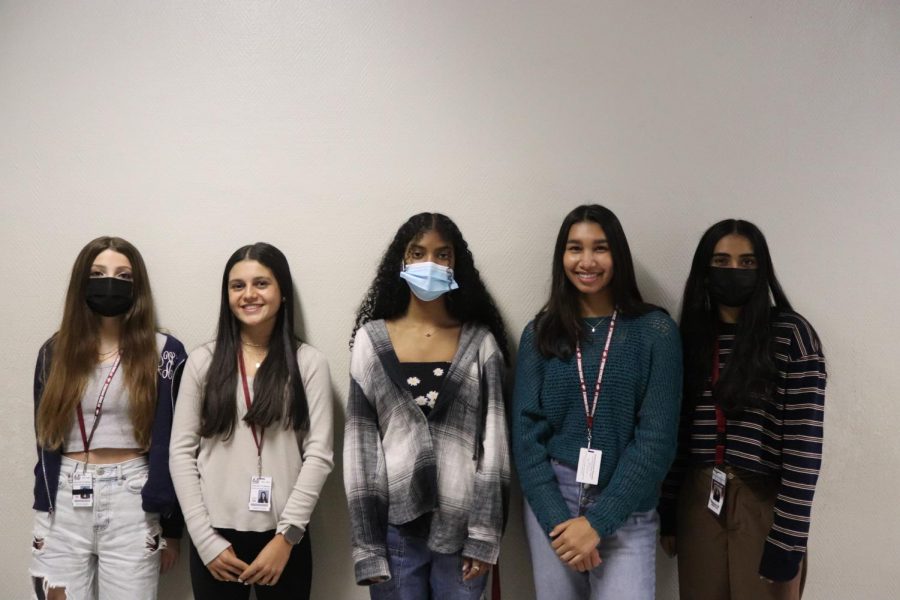


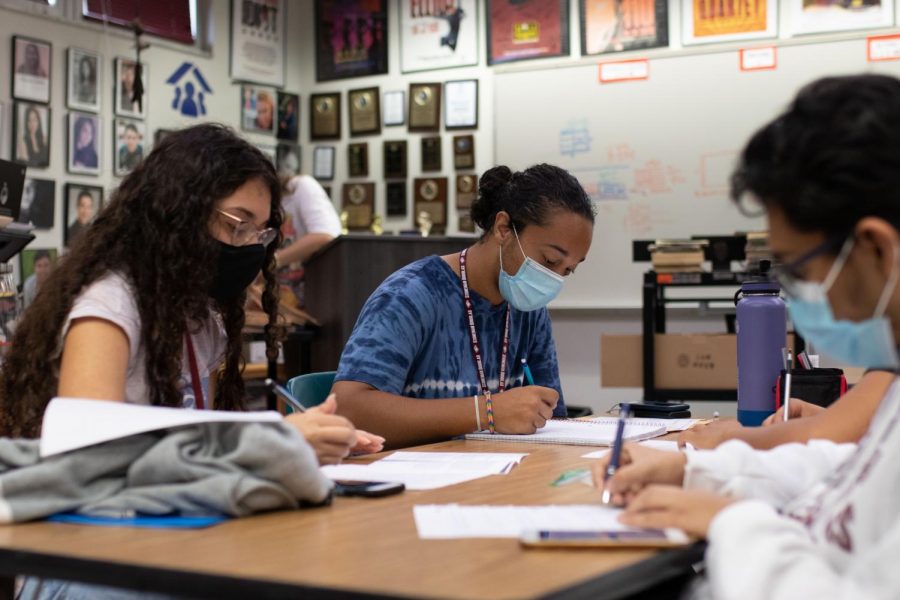



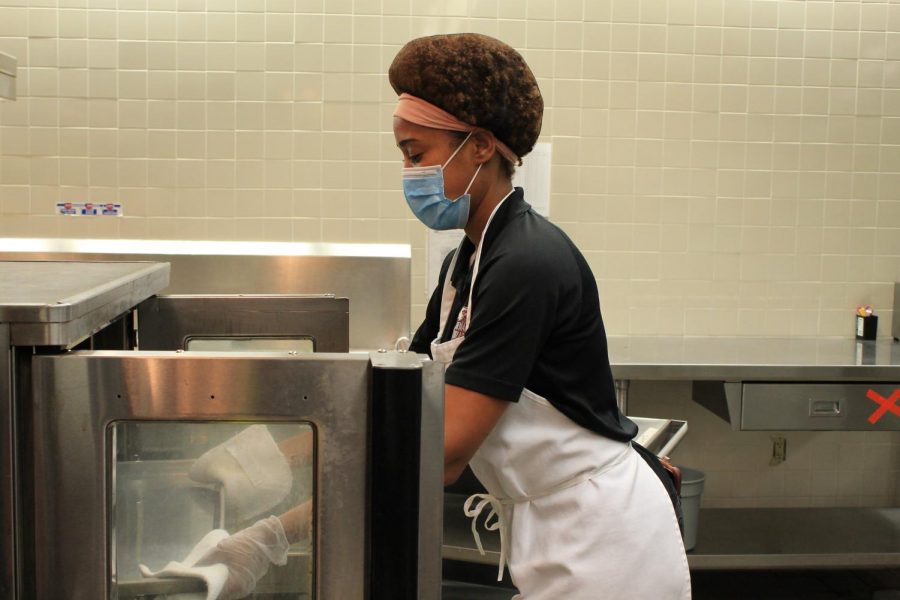

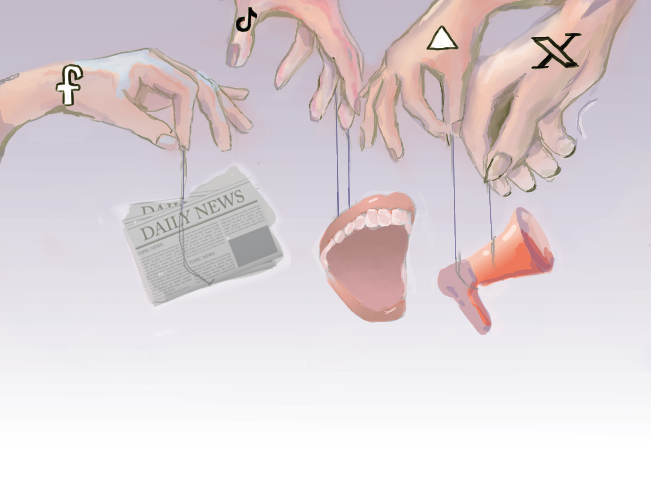


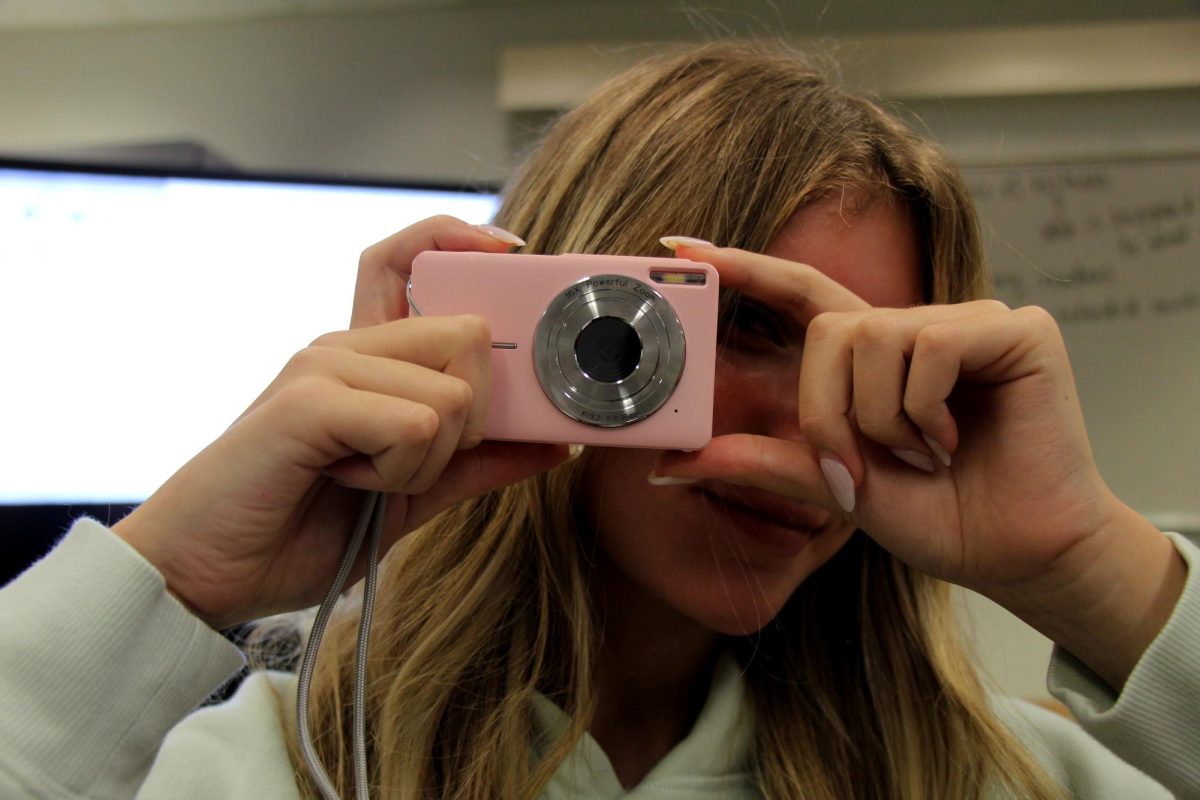

![National Honor Society Sponsor Lauren Saccomanno watches guest speaker Albert Price speak to NHS members. National Honor Society held their monthly meeting with Price on Monday, Nov. 4. "[Volunteering] varies on the years and the month, but we have started a couple new things; one of our officers Grace started a soccer program," Saccomanno said. "We have been able to continue older programs, too, like tutoring at Riverglades. NHS's goal is to have as many service projects as possible."](https://eagleeye.news/wp-content/uploads/2024/11/xNOeKNVwu7aErpVyJHrHogagZUUcLLosjtbIat94-1200x900.jpg)

![Ice Ice Baby. Skating to "Waltz" and "Romance" during her long program, figure skater Ava Zubik competes at the Cranberry Open in Massachusetts on Aug. 12, 2022. She scored a total of 86.90 on her short and free skate program, earning fifth place overall. "I try to make it [competing] as fun and enjoyable as I can because it's my senior year, and so I want to really enjoy competitive figure skating while it lasts," Zubik said.](https://eagleeye.news/wp-content/uploads/2024/11/skater1-799x1200.jpg)
